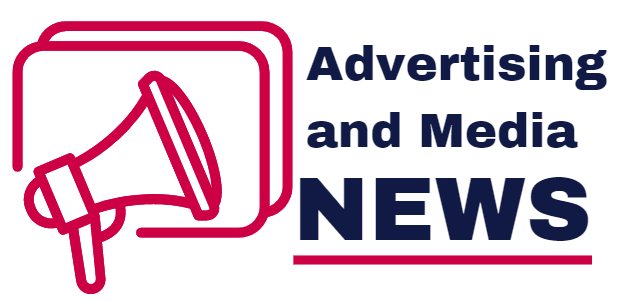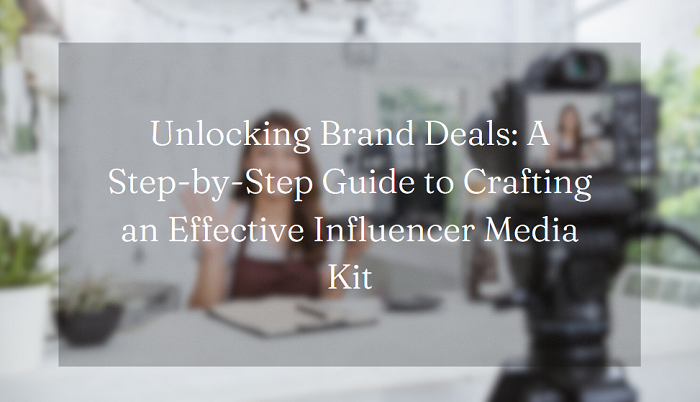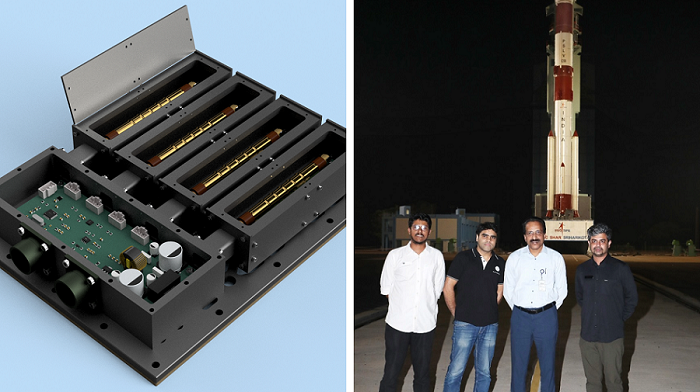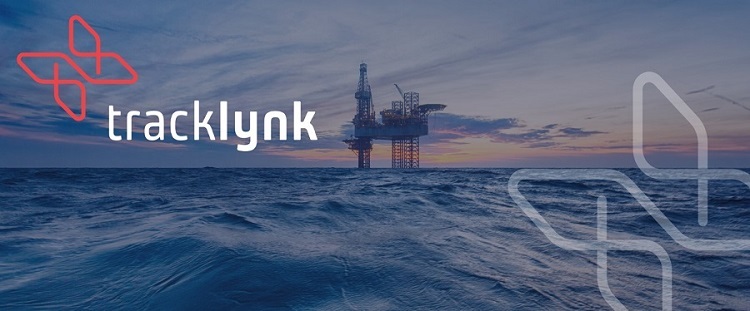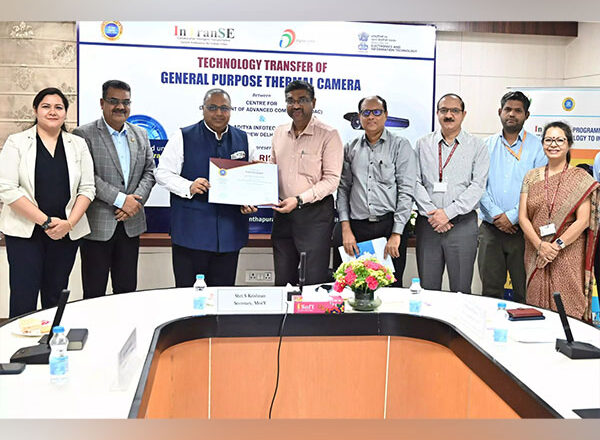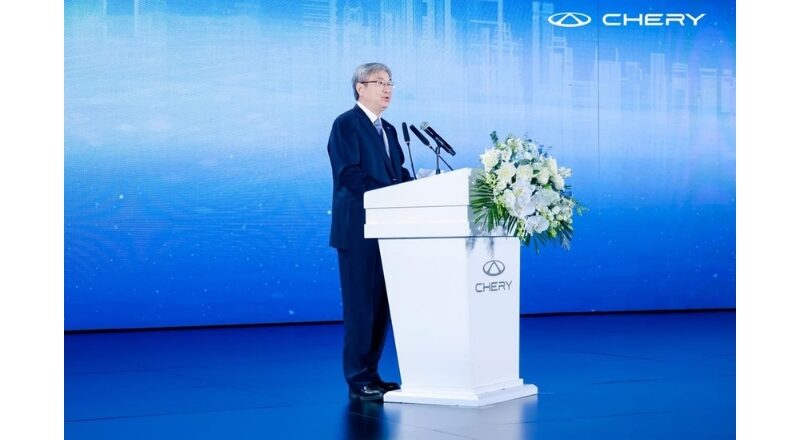The primary source of income for many social media creators stems from brand deals. These individuals, known as influencers, possess the ability to offer advertisers a wide range of content types, such as in-feed posts on Instagram, short videos on TikTok, or mentions on YouTube. Brands have recognized the value of collaborating with influencers across various audience sizes, ranging from nano influencers (those with fewer than 10,000 followers) to mega influencers.
To secure these lucrative brand deals, influencers often utilize a powerful tool called a media kit. This comprehensive document serves as a showcase of an influencer’s value and capabilities to potential companies. Typically, a media kit includes essential components such as a cover page, audience metrics highlighting core follower demographics, a list of previous advertisers the influencer has worked with, case studies of past successful campaigns, pay rates, and contact information. Influencers regularly update their media kits, adding new metrics and collaborations every few months to ensure the information remains current and relevant.
Influencer Macy Mariano emphasized the significance of media kits, stating, “I think it’s super important if you want to take this seriously. I send them now to everyone I get in touch with. It’s just a good way to express who you are and what you’ve done so they can see your past and current work.”
YouTube influencers often incorporate media kits into their professional practices. Prominent creators like Marina Mogilko, known for business and education content, with 4.9 million subscribers, Roberto Blake, a business and tech influencer with 541,000 subscribers, and Jade Darmawangsa, a tech and business creator with 379,000 subscribers, utilize media kits to present their value to potential collaborators. Additionally, YouTube nano influencers such as Tess Barclay with 30,000 subscribers, Risk House with 18,000 subscribers, Jen Lauren with 5,000 subscribers, and Kayla Compton with 4,700 followers find media kits useful in attracting brand partnerships.
Instagram influencers also recognize the importance of media kits. Influencers like Alexa Collins, a lifestyle creator with 2 million followers, Justine Jakobs, an adult content creator with 460,000 followers, Eric Stoen, a travel influencer with 340,000 followers, and Macy Mariano, a fashion and lifestyle creator with 172,000 followers, utilize media kits to showcase their work and attract brand collaborations. Furthermore, Instagram nano influencers like Jour’dan Haynes with 6,000 followers and Laur DeMartino with 5,000 followers leverage media kits to demonstrate their potential value to brands despite their smaller audience sizes. Remarkably, Stacy Kim has successfully secured over 40 brand deals with just 3,400 followers, illustrating the efficacy of media kits in capturing brand attention.
In the realm of TikTok, influencers also harness the power of media kits. Renowned creators such as Josh Richards, with a massive following of 25 million, and Rag Report, a fashion publication built around TikTok boasting 1.3 million followers, utilize media kits to highlight their brand partnership potential. Influencer collab houses like HoneyHouse with 1 million followers and The Crib Around The Corner with 639,000 followers also recognize the value of media kits in attracting brand collaborations. TikTok creators like Joel Bervell with 625,800 followers, Natasha Greene with 227,400 followers, Lauren Soyung Lim with 170,000 followers, Gigi Robinson with approximately 135,000 followers, Jorge Alvarez with 135,000 followers focusing on mental health, Paulina Perez with 52,000 followers producing content in both English and Spanish, and Blake Newby, a part-time beauty influencer with 45,000 followers, employ media kits as a means of showcasing their unique talents and attracting brand partnerships.
In conclusion
The creation of an influencer media kit is essential for social media creators seeking to secure brand deals as their primary source of income. By meticulously curating this document, influencers can effectively demonstrate their value, past successes, and audience reach, ultimately attracting the attention and collaboration of brands across various platforms.
